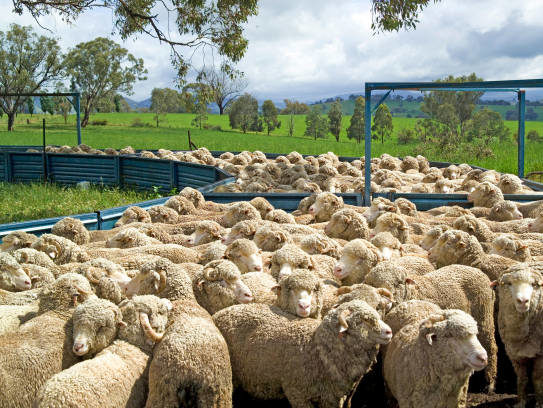The National Sheep Health Monitoring Project (NSHMP) is an abattoir disease surveillance program funded by industry. It monitors 16 animal health conditions that impact farm productivity and impose significant costs to the value chain.
Last year over one million sheep were inspected from more than 1,200 properties in Victoria.
Table 1. 10 most observed conditions in inspected carcasses in Victoria, 2016.
| Grass seeds | Vaccination lesions |
| Arthritis | Ovine Johne’s disease |
| Cheesy gland | Pneumonia |
| Pleurisy | Bladder worm |
| Sheep measles | Lung worm |
Ovine Johne’s disease is monitored on request by calling Agriculture Victoria on 03 9217 4109.
How do I get involved?
Monitoring occurs at Ararat, Colac, Cranbourne, Geelong, Stawell and Swift Melbourne abattoirs in Victoria. Inspectors rotate through the abattoirs, so contact Agriculture Victoria to request to have your consignment monitored.
How do I find out the results?
Confidential reports are mailed to producers. Results are also available electronically through MLA’s Livestock Data Link (LDL).
What do I do with the results?
You can use the results to:
- prioritise disease prevention or management strategies based on where you’ll get the biggest bang for your buck, and
- track the response to your control programs.
A series of fact sheets outline the signs and impacts of the conditions and include treatment and prevention tips. These are available at lhbv.org.au.
It is important to consider conditions which may go unnoticed on farm, such as sheep measles and bladder worm. They can cause significant wastage at the abattoirs through condemnation or carcass downgrading.
Top tip: remember the prevalence of disease will vary seasonally and even between drafts of lambs. Look for trends rather than focussing on the outright numbers.
